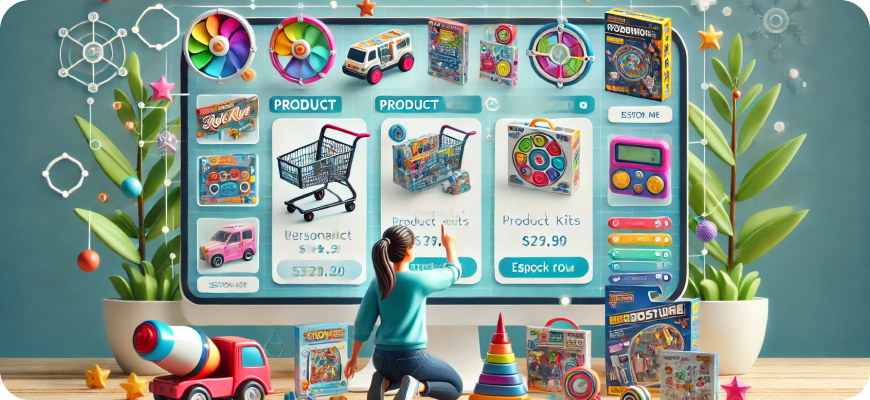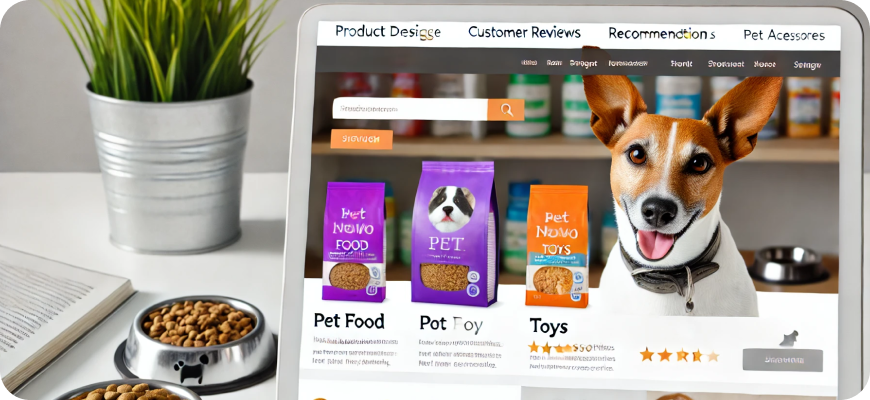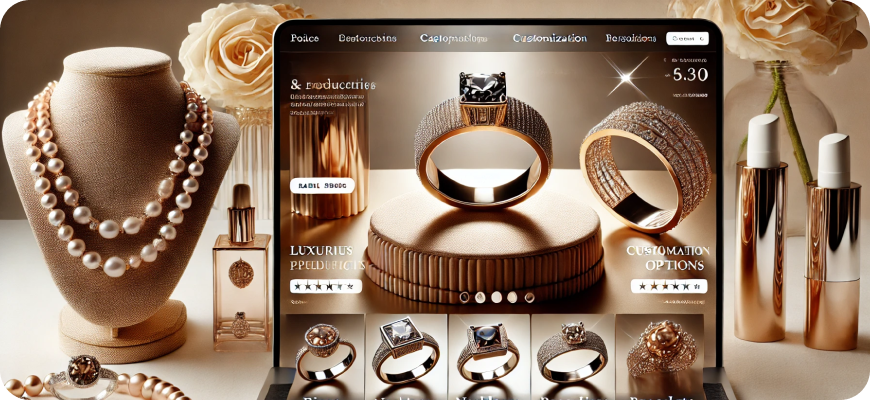What is LTV? How can your ecommerce boost LTV?
Customer Lifetime Value (LTV) is one of the most crucial metrics for any e-commerce business. It reflects the total revenue a customer is expected to bring over their entire relationship with your brand. Understanding and maximizing LTV helps businesses focus not just on acquiring customers but on retaining and nurturing them for long-term profitability. By increasing LTV, e-commerce businesses can improve their bottom line, foster customer loyalty, and build a more sustainable business. In this article, we’ll explore the meaning of LTV, how to calculate it, and effective strategies to increase LTV for your e-commerce store.

What is LTV?
LTV, or Customer Lifetime Value, measures the total amount of money a customer is likely to spend with your business over the course of their relationship with you. It considers factors such as the average order value (AOV), purchase frequency, and customer lifespan. LTV gives insight into customer loyalty, purchase behavior, and overall profitability of different customer segments.
In essence, LTV helps you understand the value each customer brings, allowing you to make informed decisions on marketing spend, retention strategies, and product offerings. Businesses with a high LTV generally have strong customer loyalty and retention, resulting in lower acquisition costs and higher returns.
Why is LTV Important for E-Commerce?
- Guides Marketing Spend: By knowing how much a customer is worth, you can make better decisions about customer acquisition costs and invest in channels that yield the highest returns.
- Enhances Customer Retention Strategies: LTV helps businesses focus on retaining high-value customers, which is often more cost-effective than acquiring new ones.
- Improves Profitability: Customers with a high LTV contribute more to the bottom line over time, enabling sustainable growth.
- Assists in Product Development and Customer Experience: Understanding what drives LTV can inform product improvements, personalized experiences, and loyalty programs that increase customer satisfaction.
How to Calculate LTV
The simplest way to calculate LTV is:
LTV=Average Order Value (AOV)×Purchase Frequency×Customer Lifespan\text{LTV} = \text{Average Order Value (AOV)} \times \text{Purchase Frequency} \times \text{Customer Lifespan}LTV=Average Order Value (AOV)×Purchase Frequency×Customer Lifespan
Let’s break down each component:
- Average Order Value (AOV): The average amount a customer spends per order.
- Purchase Frequency: How often a customer makes a purchase in a given time frame.
- Customer Lifespan: The average duration (usually in years) that a customer stays with your business.
For example, if the average order value is $50, the purchase frequency is 5 times a year, and the average customer lifespan is 3 years, the LTV would be:
LTV=50×5×3=750LTV = 50 \times 5 \times 3 = 750LTV=50×5×3=750
This means each customer brings approximately $750 over their relationship with your brand.
Strategies to Boost LTV
Now that we understand what LTV is and how it’s calculated, let’s look at effective strategies to increase it.
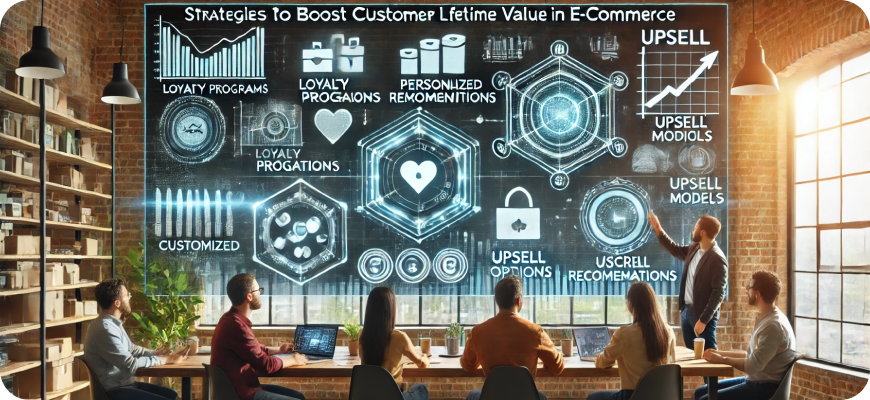
1. Improve Customer Retention with Excellent Service
Customer retention is the foundation of increasing LTV. When customers feel valued and appreciated, they are more likely to make repeat purchases and become loyal advocates of your brand.
How to Implement:
- Offer Multi-Channel Customer Support: Provide support across channels like live chat, email, phone, and social media, making it easy for customers to reach you.
- Resolve Issues Promptly: Quick, efficient problem resolution leaves a positive impression and encourages customers to stay.
- Personalized Follow-Up: After resolving issues, follow up to ensure customer satisfaction and reinforce your commitment to excellent service.
Impact on LTV:
Providing exceptional service builds trust, strengthens relationships, and motivates customers to continue purchasing from your brand.
2. Introduce a Customer Loyalty Program
A well-designed loyalty program rewards repeat purchases, encouraging customers to engage with your brand over the long term. By earning points, discounts, or exclusive perks, customers feel incentivized to keep coming back.
How to Implement:
- Create a Points-Based System: Allow customers to earn points for every purchase, which they can redeem for discounts, free products, or special services.
- Offer Tiered Rewards: Introduce tiers (e.g., Bronze, Silver, Gold) to reward customers based on spending levels, with each tier offering better perks.
- Incorporate Gamification Elements: Make earning rewards fun with challenges, badges, or milestone achievements to increase engagement.
Impact on LTV:
Loyalty programs keep customers engaged and provide additional reasons to buy from you, increasing purchase frequency and customer longevity.
3. Upsell and Cross-Sell Products
Upselling and cross-selling encourage customers to spend more per transaction by offering complementary products or upgraded options. These tactics increase the average order value and deepen the customer’s engagement with your product line.
How to Implement:
- Display Related Products: On product pages, show items that pair well with the current selection or offer alternatives with added features.
- Use In-Cart Recommendations: Provide product suggestions during checkout, allowing customers to add relevant items to their cart with a single click.
- Implement Post-Purchase Upsells: After a purchase, send a follow-up email with recommendations based on what the customer just bought.
Impact on LTV:
Upselling and cross-selling increase the AOV, allowing you to generate more revenue from each customer without additional acquisition costs.
4. Encourage Subscription-Based Models
Subscription models are excellent for boosting LTV, especially for products that customers need regularly. By offering subscriptions, you create a predictable revenue stream and establish long-term relationships with customers.
How to Implement:
- Offer Discounts for Subscriptions: Incentivize subscriptions by offering discounts on recurring orders compared to one-time purchases.
- Provide Flexible Options: Allow customers to choose how often they receive products (e.g., monthly, quarterly) and make it easy to adjust or cancel their subscription.
- Exclusive Perks for Subscribers: Provide benefits exclusive to subscribers, such as early access to new products, special discounts, or gifts.
Impact on LTV:
Subscriptions increase purchase frequency and extend customer lifespan by building consistent purchasing habits.
5. Personalize the Shopping Experience
Personalization helps customers feel understood and valued, increasing the likelihood they’ll return. Personalized experiences can take many forms, from product recommendations to tailored marketing messages.
How to Implement:
- Use Browsing and Purchase History: Suggest relevant products based on what customers have previously viewed or bought.
- Send Targeted Emails: Email campaigns tailored to customer preferences, purchase history, or behavior (e.g., abandoned cart emails) drive engagement.
- Create Dynamic Content: Personalize website content, such as banners or product recommendations, based on individual customer behavior and demographics.
Impact on LTV:
Personalization makes the shopping experience more enjoyable and relevant, encouraging customers to buy more frequently and remain loyal.
6. Provide Exclusive Benefits to High-Value Customers
Identify your high-value customers and offer them VIP treatment. Exclusive benefits make these customers feel appreciated, increasing their loyalty and likelihood to continue purchasing.
How to Implement:
- Create a VIP Program: Offer perks like early access to new products, exclusive discounts, or priority support to high-spending customers.
- Surprise High-Value Customers with Gifts: Send occasional freebies, samples, or handwritten notes to show appreciation.
- Host Exclusive Events: Invite high-value customers to exclusive online or in-person events to build community and deepen loyalty.
Impact on LTV:
High-value customers are likely to continue purchasing when they feel recognized and appreciated, improving their overall contribution to LTV.
7. Optimize the Post-Purchase Experience
The post-purchase experience plays a crucial role in shaping customer perceptions and encouraging repeat purchases. Focusing on this phase can help increase satisfaction and drive customers back for more.
How to Implement:
- Send Order Confirmation and Follow-Up Emails: Keep customers informed about their order status and delivery, providing tracking information and estimated delivery dates.
- Request Feedback and Offer Support: After a purchase, request a product review or feedback to show that you value their opinion. Offer support if they have questions or issues.
- Include Personalized Recommendations in Follow-Up Emails: Suggest complementary products based on their recent purchase, giving them more reasons to return.
Impact on LTV:
A positive post-purchase experience encourages repeat business and helps establish a trusting relationship, which contributes to higher LTV.
8. Simplify the Checkout Process
A complex or time-consuming checkout process can deter customers from completing purchases. A simplified, streamlined checkout process ensures that customers can easily buy and return for future purchases.
How to Implement:
- Enable Guest Checkout: Allow customers to complete purchases without requiring an account, reducing friction for first-time buyers.
- Store Payment Information for Future Purchases: Offer the option to save payment and shipping details for faster future checkouts.
- Optimize for Mobile: Ensure the checkout process is mobile-friendly, as more customers shop from smartphones.
Impact on LTV:
A smooth checkout experience reduces cart abandonment and makes it easier for customers to come back, increasing purchase frequency and customer lifespan.
9. Build Strong Customer Relationships
Strong relationships encourage loyalty and retention, which are essential for high LTV. Building relationships requires consistent communication and a brand image that resonates with customers.
How to Implement:
- Engage on Social Media: Interact with customers through comments, messages, and brand-related content, creating a sense of community.
- Showcase Customer Success Stories: Share testimonials, case studies, or customer stories to foster connection and demonstrate value.
- Regular Communication: Send newsletters, product updates, or special offers to stay in touch and remind customers of your brand.
Impact on LTV:
When customers feel connected to your brand, they are more likely to return, fostering long-term loyalty and repeat purchases.
10. Use Data Analytics to Identify and Improve LTV Drivers
Analyzing customer data can reveal patterns and behaviors associated with high LTV. Use these insights to refine your strategies and focus on activities that yield the best results.
How to Implement:
- Track Key Metrics: Monitor metrics like purchase frequency, AOV, and retention rates to understand what drives high LTV.
- Identify High-Value Segments: Use segmentation to identify which customer groups contribute the most to your LTV.
- Refine Marketing Strategies Based on Data: Allocate more resources to channels, products, and offers that resonate with high-LTV customers.
Impact on LTV:
Data-driven insights help you optimize your efforts and focus on strategies that have the highest impact on LTV.
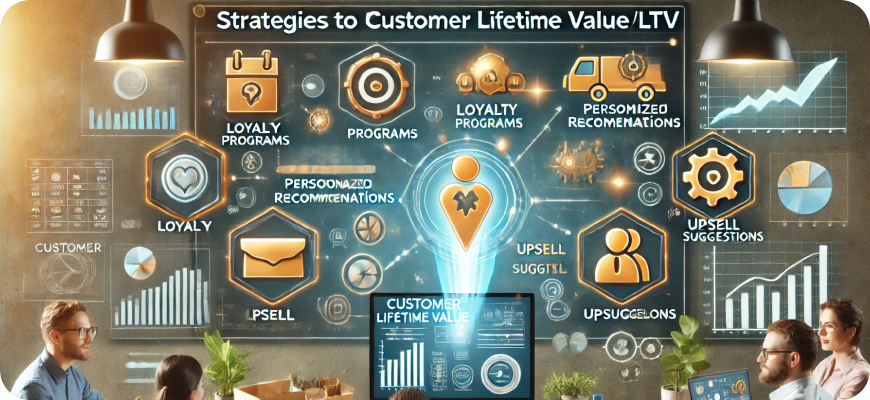
Conclusion
Customer Lifetime Value is a key metric for building a profitable and sustainable e-commerce business. By understanding what drives LTV and implementing strategies such as loyalty programs, personalized experiences, and streamlined customer service, you can maximize the value of each customer relationship. Not only does boosting LTV increase revenue, but it also strengthens customer loyalty, reduces acquisition costs, and fosters brand loyalty. Focusing on LTV helps shift your approach from one-time sales to long-term relationships, setting your business up for continued success in a competitive market.

